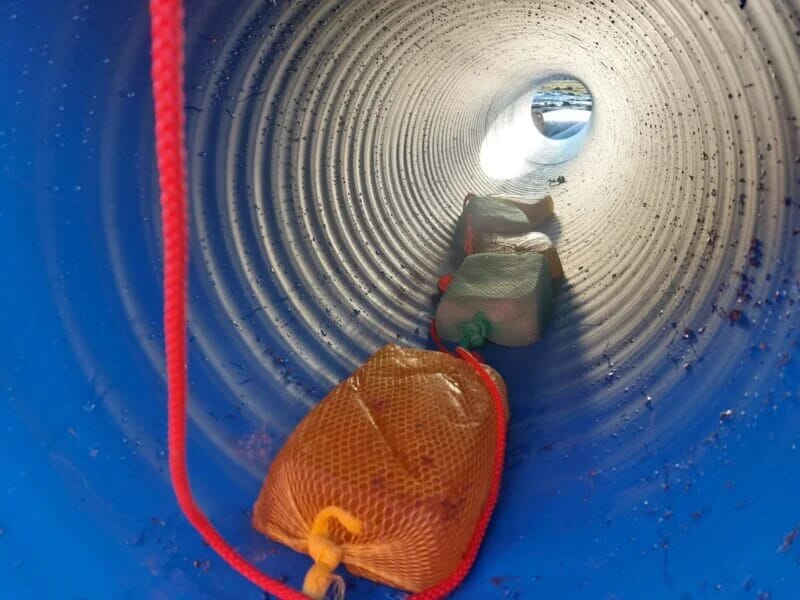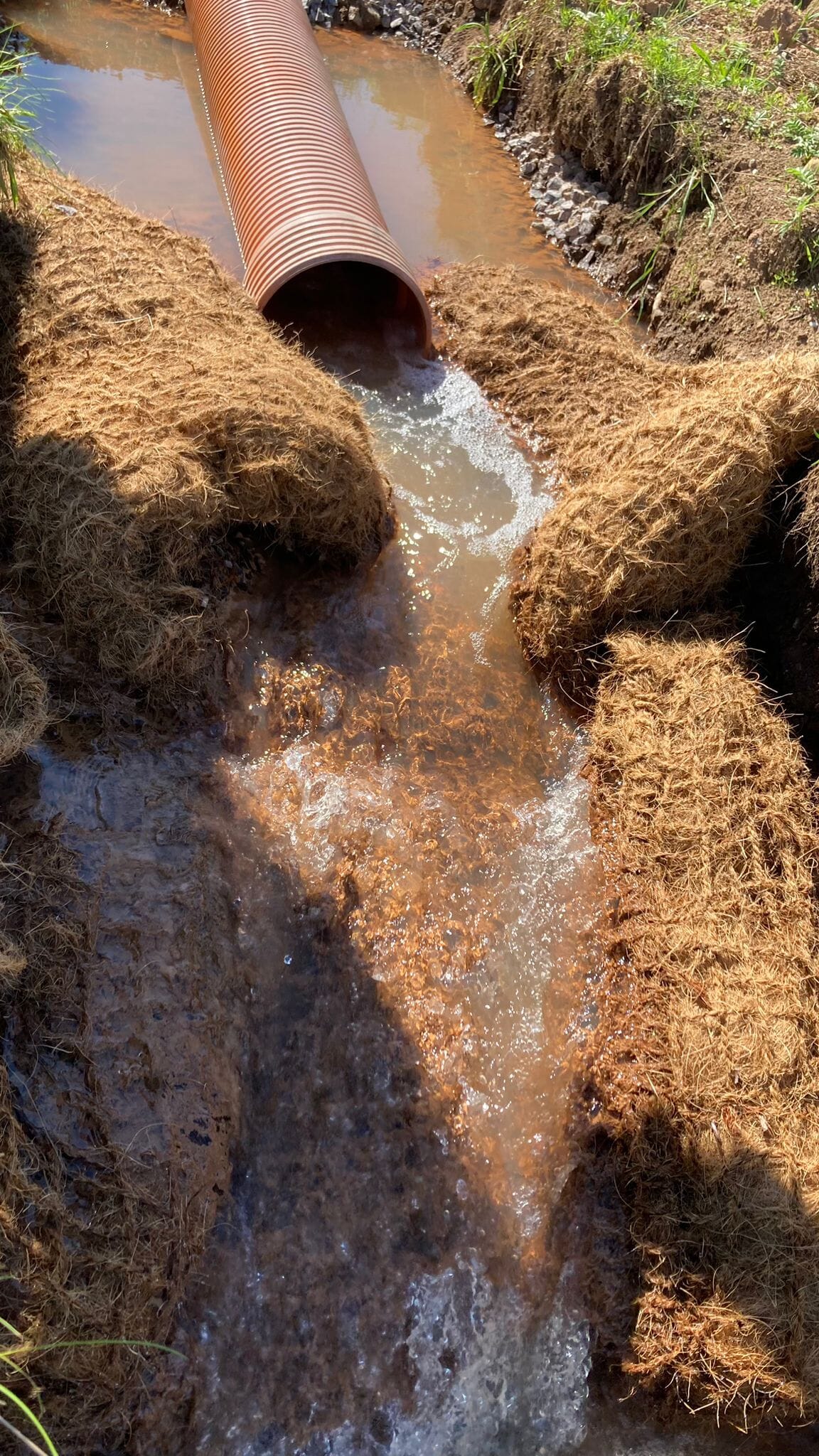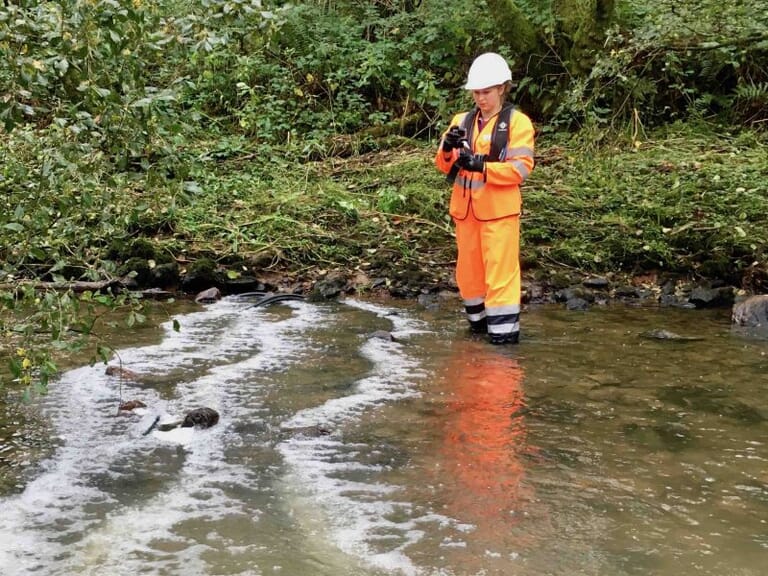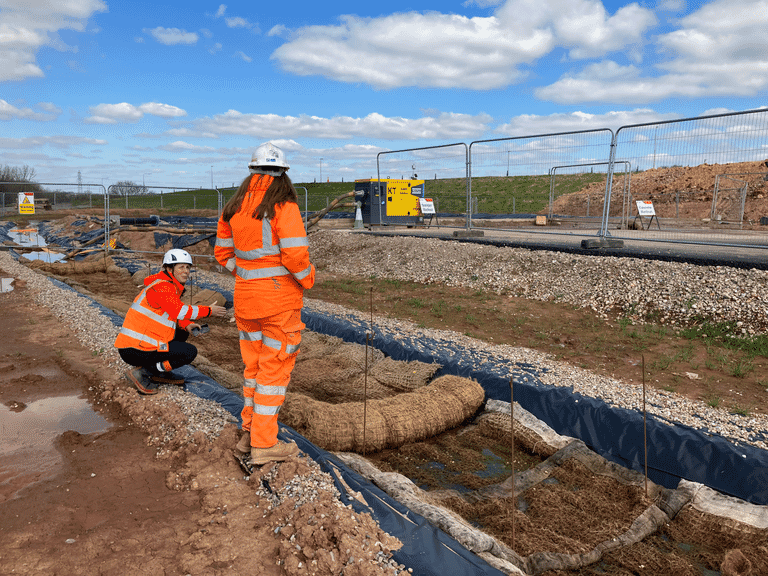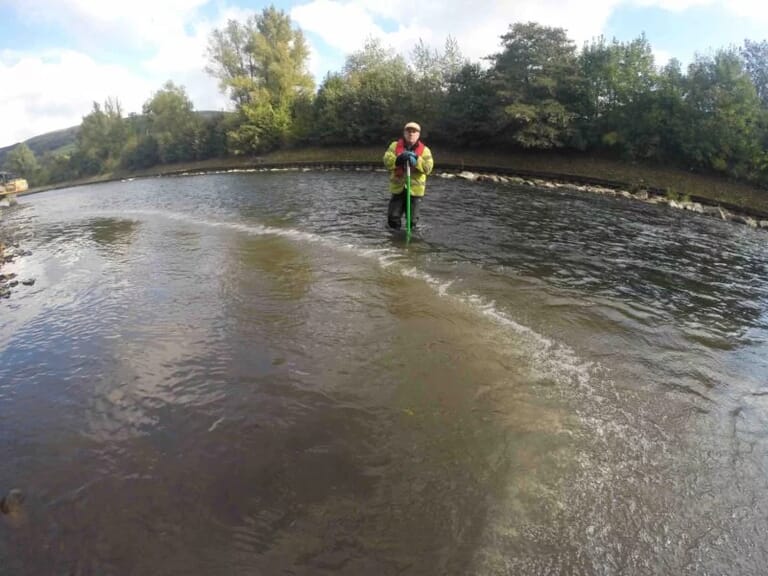Here at Frog Environmental, we’re proud to work with world class suppliers to bring high performing water quality and pollution prevention products to the UK and Europe. You can download the findings of this research paper at the top of this page.
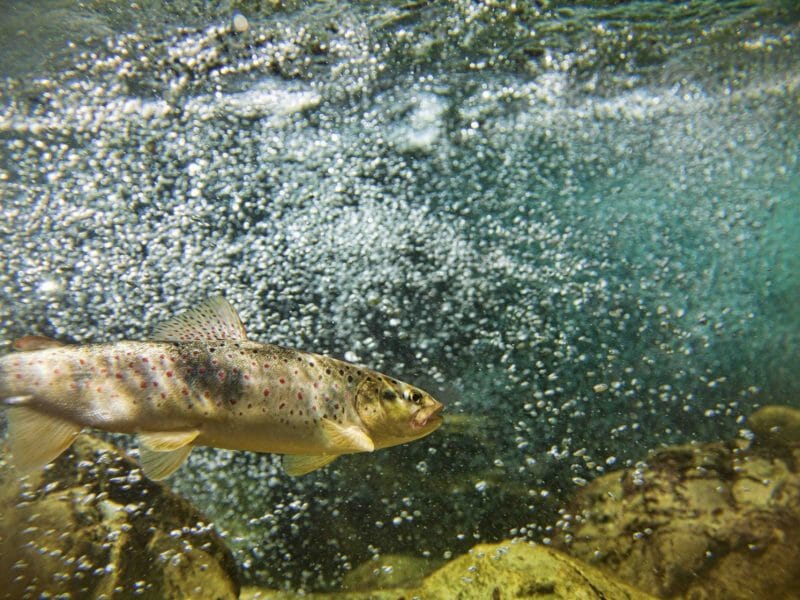
Effects of Clearflow products on trout
Effects of Clearflow products on trout
Download PDF
"*" indicates required fields
Effects of Anionic Polyacrylamide Products on Gill Histopathology in Juvenile Rainbow Trout
Research abstract
Anionic polyacrylamide (PAM) products are commonly used to remove suspended materials from turbid waters and to help mitigate soil erosion.
In the present study, juvenile rainbow trout (Oncorhynchus mykiss) were exposed to 3 mg/L to 300 mg/L of 10 commercially available PAM products (Clearflow Polymer Log and Clearflow Soil Lynx Granular Polymer; Clearflow Enviro Systems Group), and gill histological parameters were measured following either 7 d or 30 d of polymer exposure.
A cationic polymer product (!0.38 mg/L MagnaFloc 368; Ciba Specialty Chemical) was also tested for comparison. Mild gill lesions were observed in fish exposed to polymer products.
Lamellar fusion, interlamellar hyperplasia, epithelial lifting, mucous cell metaplasia, and cell counts of epithelial swelling and necrosis/apoptosis were minimal in fish exposed to environmentally relevant concentrations of anionic polymer (
Gill morphology was largely unaffected by exposure to concentrations up to 300 mg/L of many PAM products. Several anionic polymer products noticeably affected gill tissue by increasing epithelial hypertrophy, interlamellar hyperplasia, mucous cell metaplasia, and the frequency of necrotic cells.
The severity of the lesions lessened with time, suggesting that fish may have experienced a short-term irritant effect. Similar levels of gill pathology were frequently observed in fish exposed to cationic polymer MagnaFloc 368 despite the concentration being 1000-fold lower than that of the PAM products.
These observations highlight the increased toxicity of cationic polymers to aquatic life compared with anionic PAMs. Environ Toxicol Chem 2014;33:1552–1562. # 2014 SETAC.
